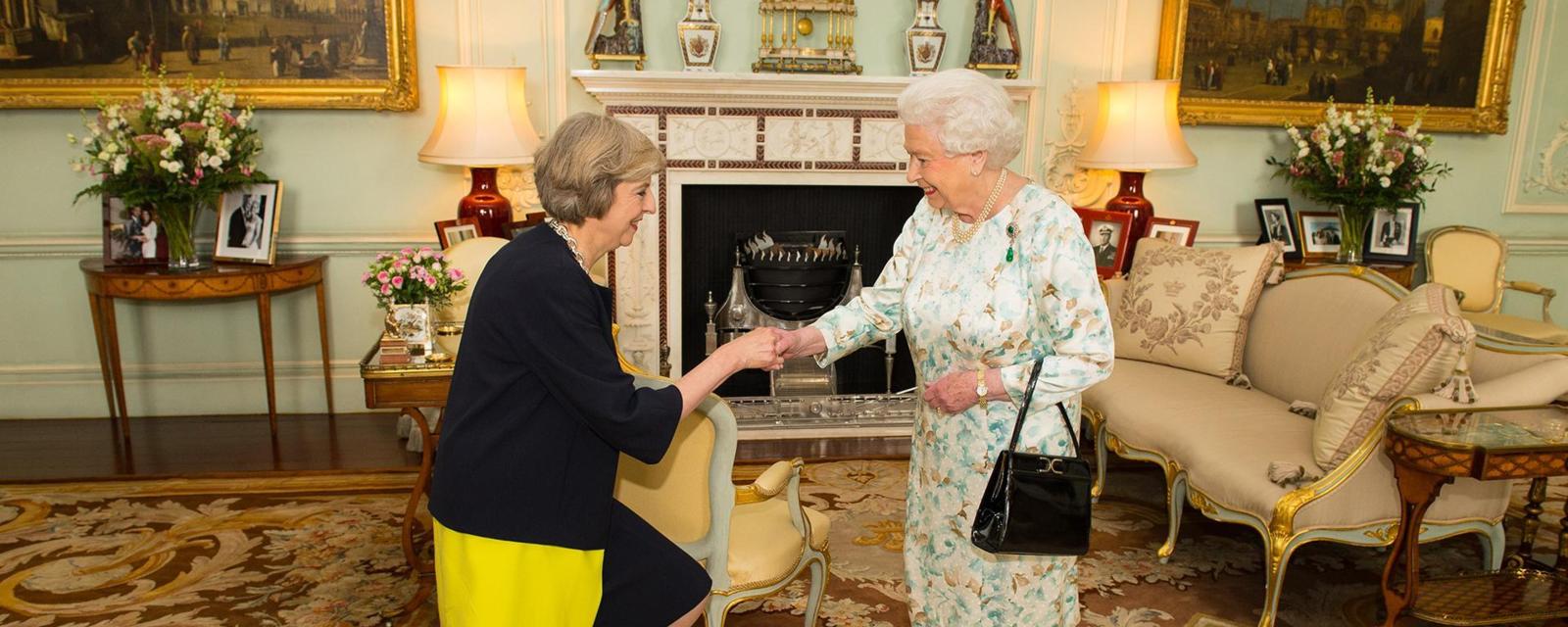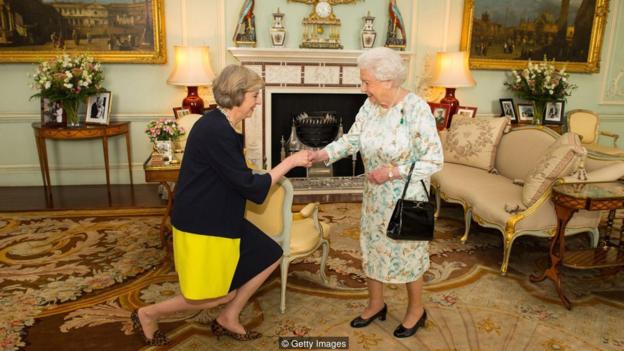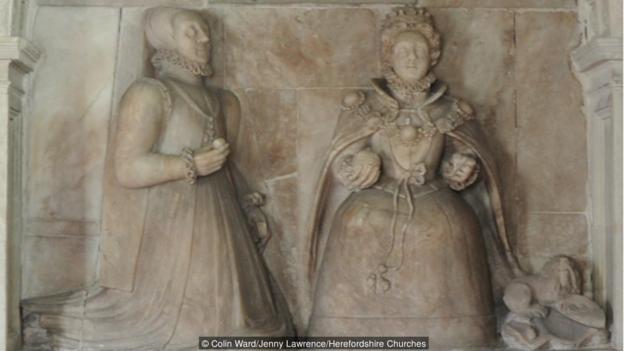The secret pantomime of power. What Does This Image Tell Us About Britain?

As the new Prime Minister Theresa May is photographed kneeling before the Queen, Kelly Grovier looks at a 16th-Century artwork that reveals as much as it hides.
After days of political tumult in Westminster, a single image of calm suddenly emerged on Wednesday evening from the inner sanctum of royal authority: The Queen granting private audience to a genuflecting Theresa May, who has succeeded David Cameron as prime minister of the United Kingdom. Easily dismissed as nothing more than a shiny scrap of pageantry, the photograph of the newly selected leader of the governing Conservative Party and the monarch who invited her to form a new government is, in truth, a fascinating cultural document.
In time, Elizabeth would entrust Blanche with responsibilities that far exceeded her initial remit as lady-in-waiting, giving her sole charge of the royal jewellery, wardrobe, and books. Before long, Blanche was enjoying, for private pleasure, the lease of crown lands across Britain, while wielding profound political influence in state affairs.
What earned Blanche such astonishing prerogatives? Was it her acumen or judgment? Her learning or intelligence? What Elizabeth valued above all was loyalty of service – the kind of quality you demonstrate not with your mind, but with your knees.
Today, the Queen has far fewer political gifts at her disposal than her Renaissance predecessor once dangled. Theresa May’s courteous curtsy, therefore, in no serious sense echoes the obeisance shown by Blanche Parry to her Sovereign over four centuries ago. In stooping low, she reaches high.
On its surface, the image reaffirms that democracy in Britain, at least symbolically, is still subservient to inherited power. Though the photo may be accented with smiles and the glamour of designer fashions, a stony silence entombs this week’s image. It divulges nothing of what was actually discussed between the queen and the new PM.
The mute postures of the two women – one deferential, the other munificent – are reminiscent of those depicted on a strange 16th-Century memorial in Bacton Church, Herefordshire: a sculpture that reminds us how secretive the pantomime of power has long been. Like the photo released by Buckingham Palace on Wednesday evening, the marble and alabaster work portrays a figure kneeling before royalty – in this case, the courtier Blanche Parry prostrating herself to Queen Elizabeth I. Assigned to Elizabeth since the future monarch’s infancy (Blanche is said to have ‘rockte’ her ‘cradell’), Blanche would become a close royal confidante.
Политика конфиденциальности | Правила пользования сайтом









